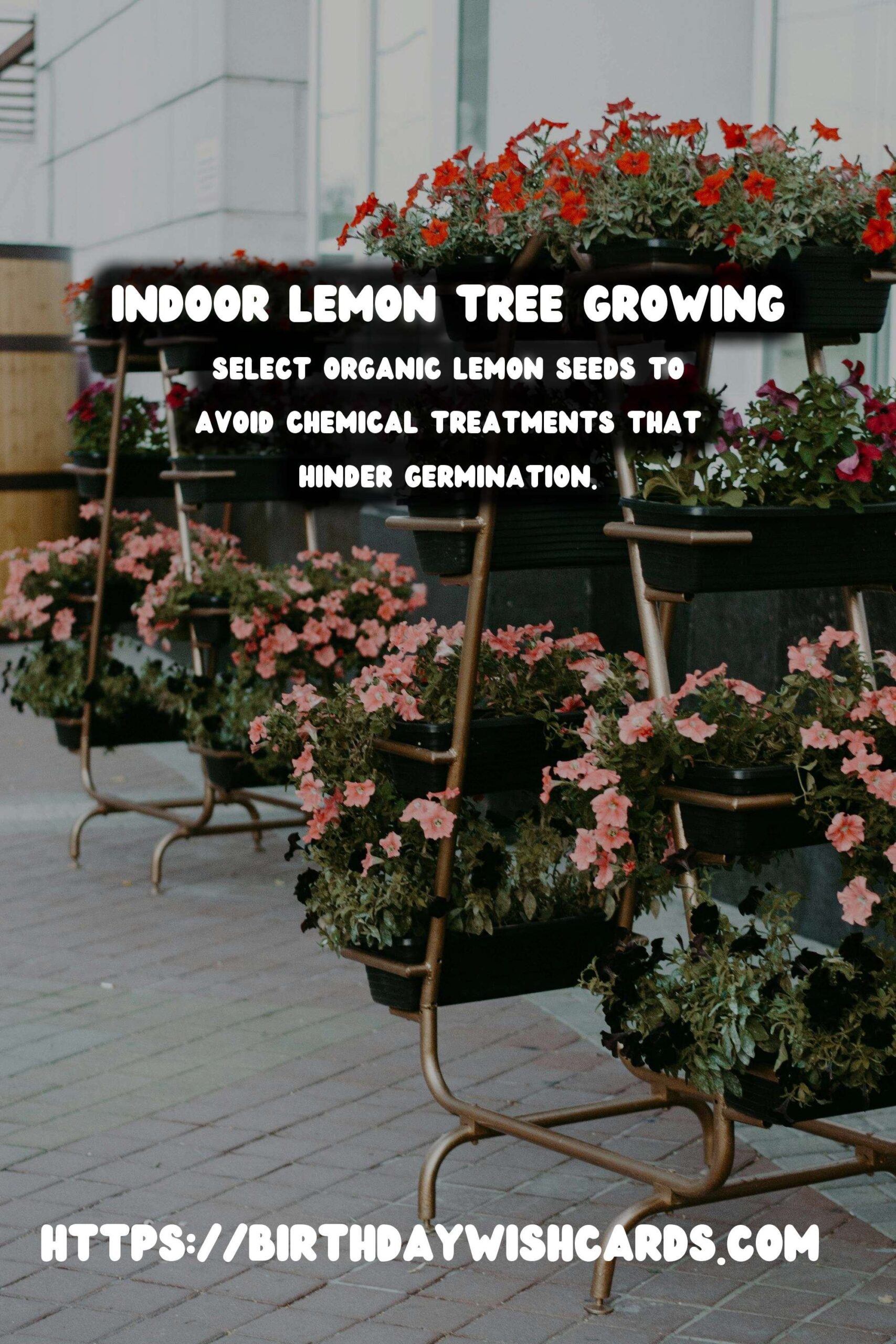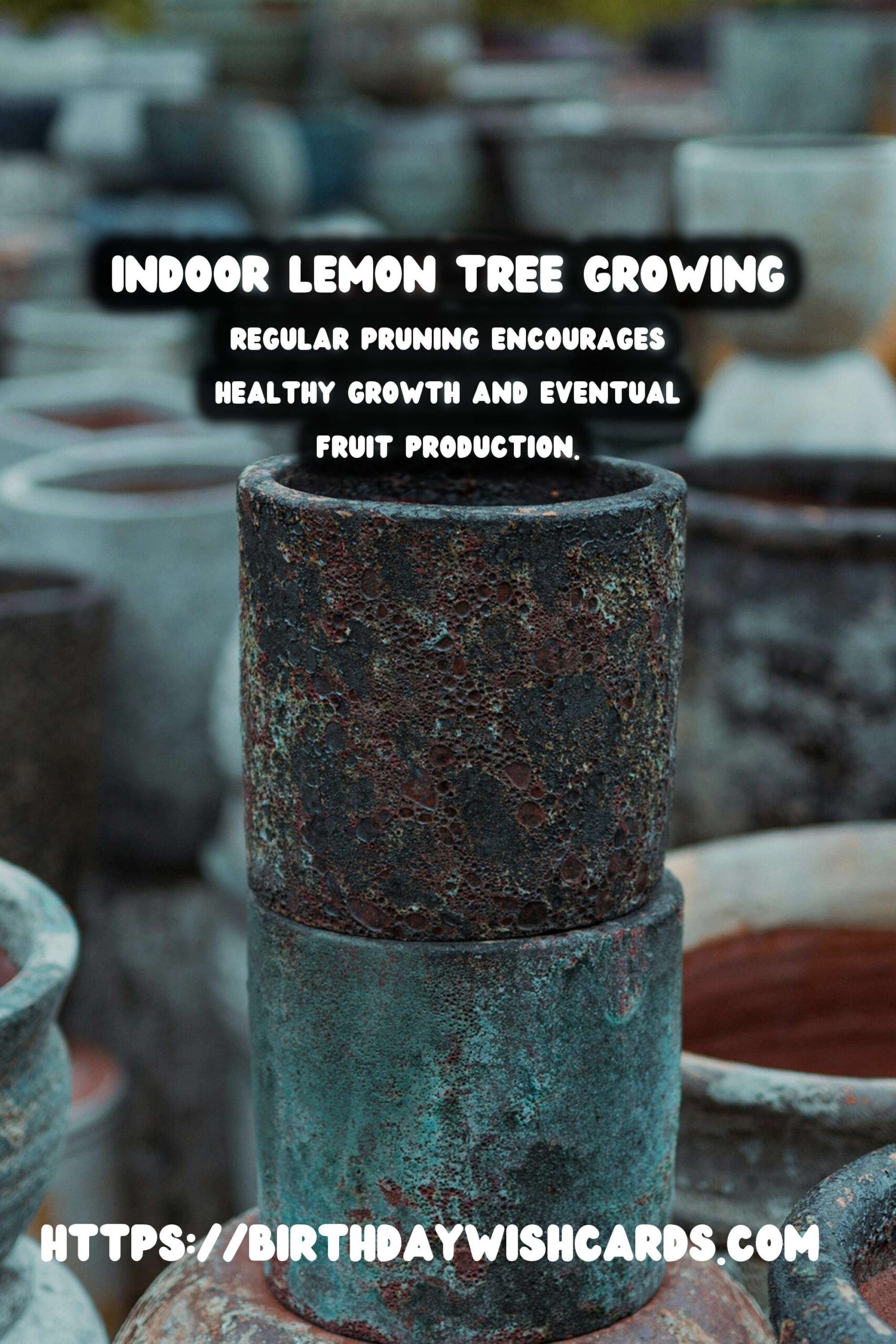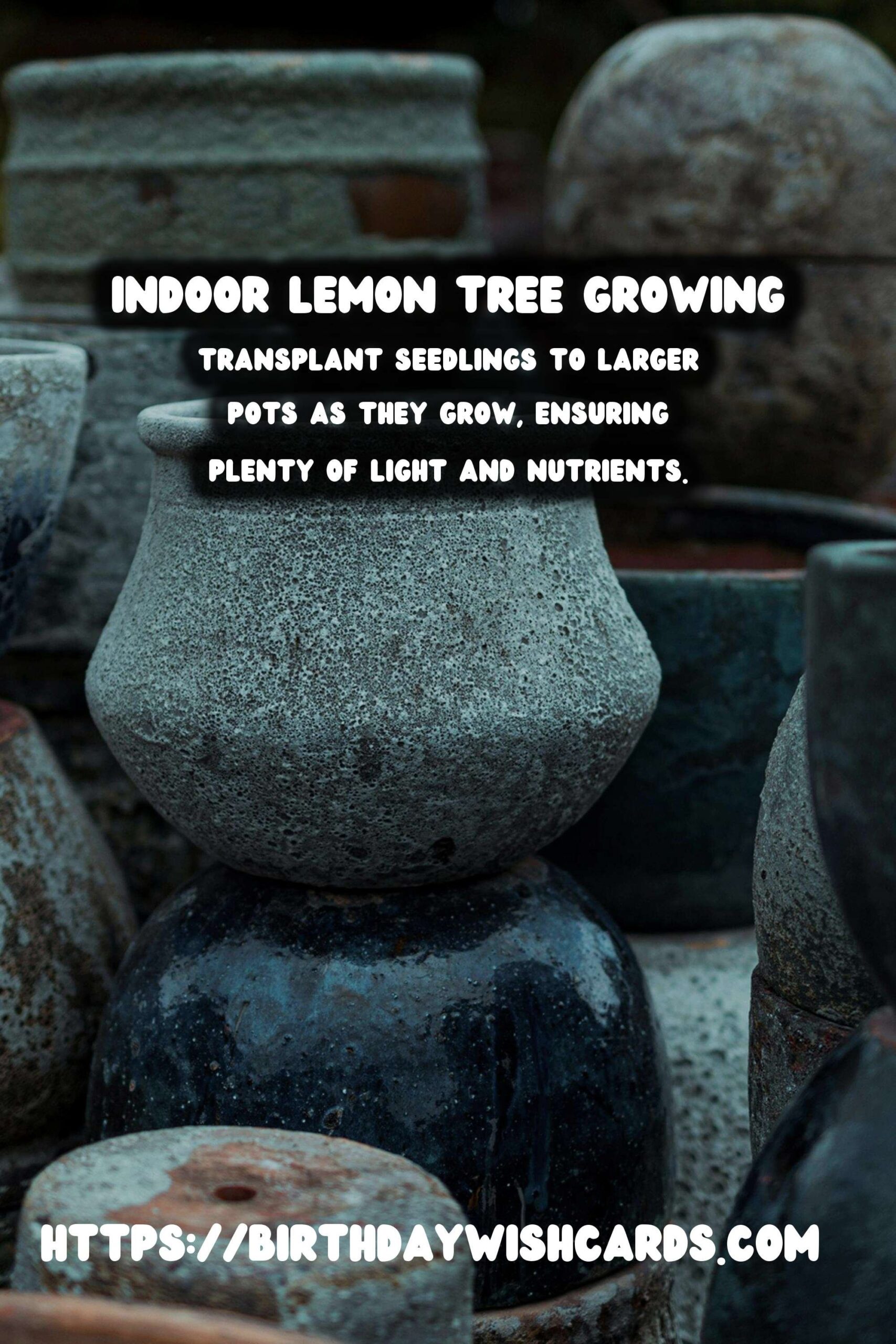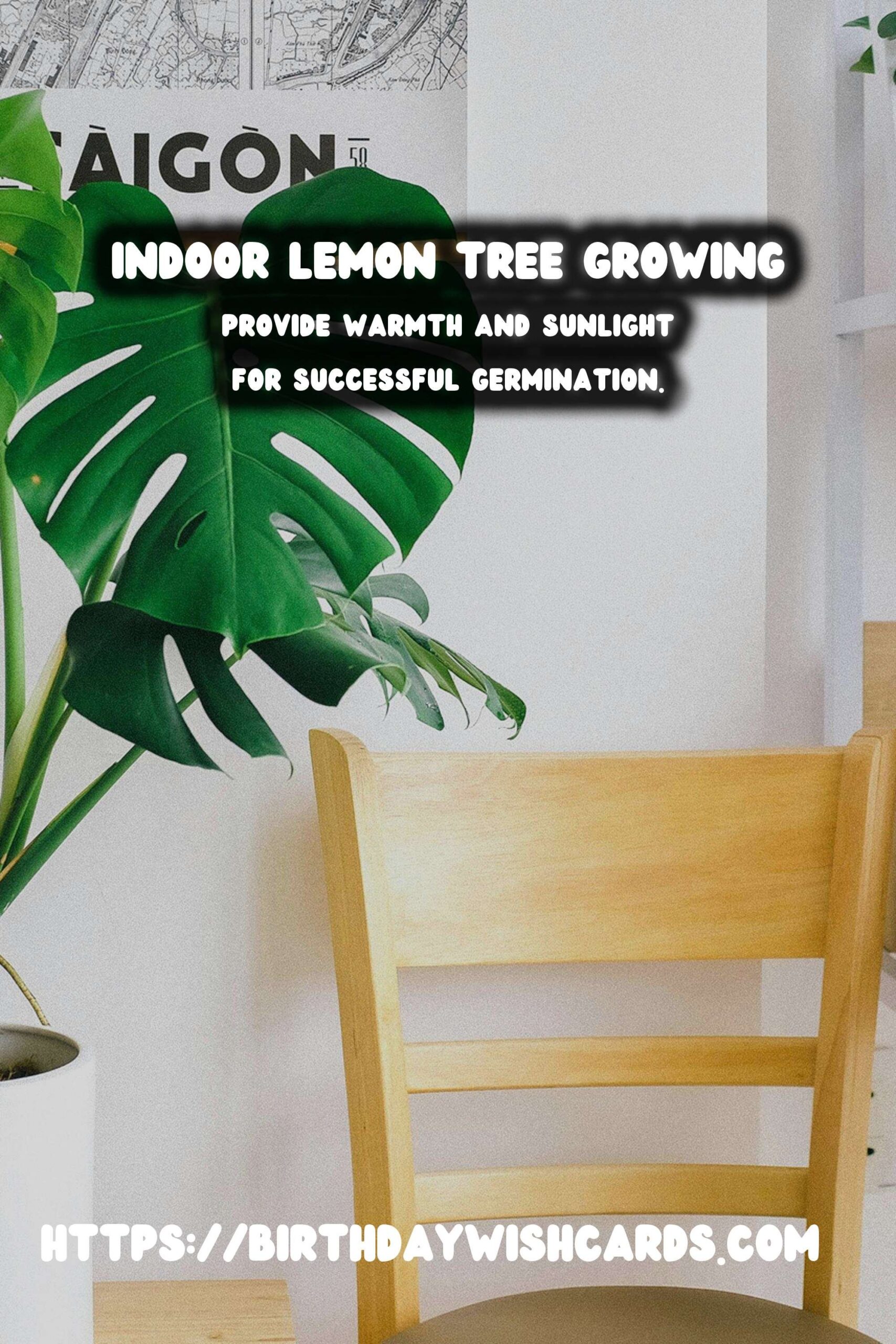
Growing a lemon tree indoors from seed can be a rewarding and fruitful endeavor. Lemon trees add a splash of greenery to your living space, and with the right care, they can even produce delicious lemons. This guide will take you through the process step by step, from selecting the right seeds to nurturing your lemon tree to full maturity.
Selecting and Preparing Lemon Seeds
The first step in growing a lemon tree indoors is selecting the right seeds. You can use seeds from a store-bought lemon or purchase seeds from a reputable supplier. If you choose to use seeds from a lemon, make sure the lemon is organic to avoid any chemical treatments that could hinder germination.
Once you have your lemon, slice it open and remove the seeds. Rinse the seeds thoroughly to remove any residual pulp. It’s important to plant the seeds while they are still moist, as this increases the likelihood of successful germination.
Planting the Seeds
After preparing the seeds, it’s time to plant them. Fill a small pot with a well-draining potting mix. Lemon trees prefer slightly acidic soil, so look for a mix that contains peat moss or a similar component.
Plant each seed about half an inch deep in the soil. Water the soil lightly, ensuring it is moist but not waterlogged. Cover the pot with plastic wrap or a clear plastic bag to create a greenhouse effect, which will help retain moisture and warmth.
Providing the Right Conditions
Lemon seeds need warmth to germinate. Place the pot in a warm, sunny location, such as a windowsill that receives plenty of sunlight. The ideal temperature for germination is between 70-75°F (21-24°C).
Check the soil regularly to ensure it remains moist. Once the seeds germinate, which can take two to four weeks, remove the plastic covering to allow the seedlings to acclimate to the indoor environment.
Transplanting and Nurturing Your Seedlings
Once the seedlings have grown a few inches tall and developed a couple of sets of true leaves, it’s time to transplant them into larger pots. Use a pot that is at least 8-12 inches in diameter to give the roots ample space to grow.
Continue to provide your lemon tree with plenty of sunlight. If natural light is limited, consider using a grow light to supplement. Water the tree when the top inch of soil feels dry, and fertilize every few months with a balanced, slow-release fertilizer.
Pruning and Encouraging Fruit Production
As your lemon tree grows, regular pruning will help maintain its shape and encourage healthy growth. Trim back any dead or crossing branches, and remove any suckers that appear at the base of the tree.
Lemon trees can take several years to start producing fruit, but with patience and care, your indoor lemon tree can eventually yield fragrant blossoms and juicy lemons. Ensure the tree receives adequate light and nutrients, and consider hand-pollinating the flowers to increase the chances of fruit set.
Conclusion
Growing a lemon tree indoors from seed requires patience and attention to detail, but the results are well worth the effort. By following these steps and providing the right conditions, you can enjoy the beauty and bounty of a lemon tree in your home.
Whether you’re an experienced gardener or a novice looking for a new project, growing a lemon tree indoors offers a unique and rewarding experience. With time and care, you’ll be able to enjoy fresh lemons straight from your own indoor garden.
Growing a lemon tree indoors from seed can be a rewarding and fruitful endeavor. Select organic lemon seeds to avoid chemical treatments that hinder germination. Plant seeds in a well-draining potting mix and keep the soil moist. Provide warmth and sunlight for successful germination. Transplant seedlings to larger pots as they grow, ensuring plenty of light and nutrients. Regular pruning encourages healthy growth and eventual fruit production. 









#IndoorGardening #LemonTree #GrowYourOwn #GardeningTips #HomeGarden



